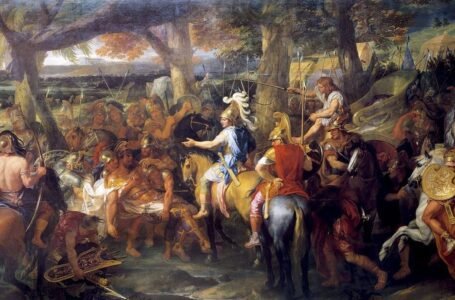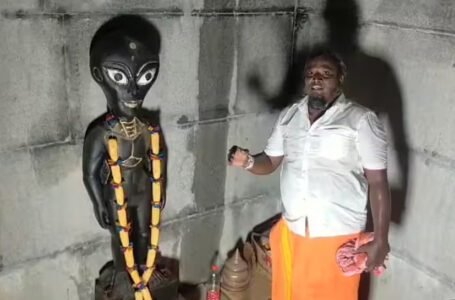Discovering the Divine: Somnath Temple, the First Jyotirlinga of India
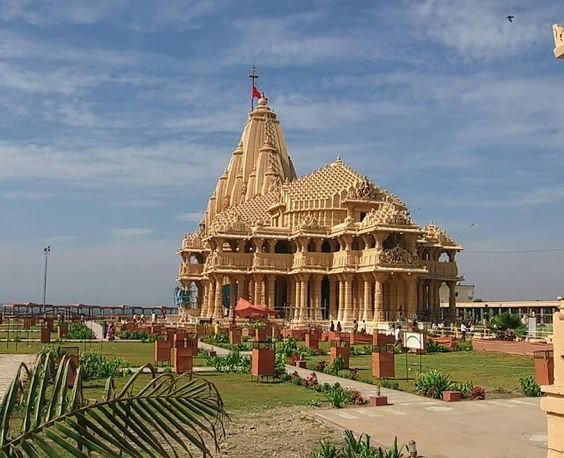
Jyotirlingas are religious representations of the Hindu god Shiva. The term is a Sanskrit composite of Jyotis (‘radiance’) and linga (‘sign’). The Śiva Mahāpurāṇam (also Shiva Purana) lists 64 original jyotirlinga shrines in India. According to a Shiva mythology from the Shiva Purana, Brahma (the deity of creation) and Vishnu (the god of preservation) had a disagreement about their superiority. To settle the disagreement, Shiva pierced the three worlds and appeared as a massive, limitless pillar of light known as the jyotirlinga.

Brahma and Vishnu chose to ascend and descend a pillar of light in order to reach the end of the light in either way. According to certain accounts, Vishnu used his Varaha avatar to do this operation, while Brahma rode a Hamsa (swan). Brahma falsely claimed to have found the end of the light, although Vishnu recognized that his trip did not lead him there. This angered Shiva and he cursed Brahma for he shall not be worshipped. The jyotirlinga shrines are thought to be the sanctuaries where Shiva manifested as a blazing column of light.
Originally, there were supposed to be 64 jyotirlingas, twelve of which are regarded extremely fortunate and sacred. The twelve jyotirlinga sites are named after their distinct presiding deities, and each is regarded as a unique manifestation of Shiva. The predominant picture at all of these places is a lingam, which represents the beginningless and unending stambha (pillar), symbolizing Shiva’s limitless nature.
Let’s embark on a journey where we visit all the 12 Jyotirlingas and know about their origin stories, temple structure and other historical beliefs.
Somnath is historically regarded as the first pilgrimage place; the Dwadasha Jyotirlinga pilgrimage begins at the Somnath Temple. The temple, which has been destroyed and rebuilt sixteen times, is highly revered throughout India and is steeped in folklore, tradition, and history. It is located near Prabhas Patan, Veraval, in the Saurashtra region of Gujarat, western India.
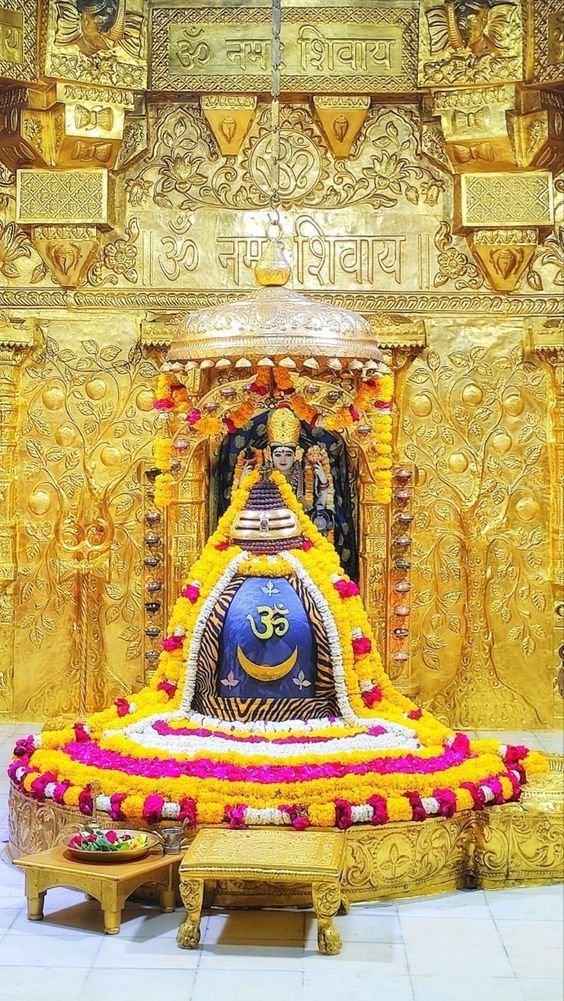
Legends speak that Syamantak Mani or the Philosopher’s stone is hidden inside Shiva Linga inside the temple. Stone is associated with the ability to produce gold. It is supposedly also the same stone that creates a magnetic field around itself and keeps the Linga floating above the ground. The original temple is thought to have been constructed in the Satya Yuga by the Moon God using gold, in the Treta Yuga by Ravana using silver, and in the Dvapara Yuga by Lord Krishna using sandalwood.
The legendary Afghan looter Mahmud of Ghazni paid the temple a visit in 1024 after reading an extremely positive account of it in an Arab travelogue by the name of Al-Biruni. The temple was so prosperous at the time that it employed 500 dancers, 300 barbers, and 300 musicians. The town and temple were captured by Mahmud of Ghazni following a two-day battle that claimed the lives of 70,000 defenders. Mahmud destroyed the temple after depriving it of its incredible wealth. This marked the start of a centuries-long pattern of devastation and reconstruction.

Numerous other invaders have plundered and destroyed this temple including, Afzal Khan, the commander of Ala-ud-din Khilji (1296), Muzaffar Shah (1375), Mahmud Begada (1451), and subsequently Aurangzeb (1665).
The temple was rebuilt by numerous kings, including Khangara, the king of Junagadh (in 1351 AD), Bhimadeva of Anhilawada (in the 11th century AD), the Vallabhi kings (between 480 and 767 CE), and Shri Vikramaditya of Ujjayini (about 2500 years ago).
It’s been rebuilt roughly seventeen times! The contemporary building was built by India’s previous deputy Prime Minister Sardar Vallabh bhai Patel between 1947 to 1951 from sandstone. Currently, the Prime Minister is the chairman of the trust of this temple.
It is believed that the moon deity Chandra is said to have wed the 27 daughters of Daksha Prajapati. But he preferred Rohini above everyone else. Prajapati became enraged by this and demanded that he be neutral in his feelings. Chandra was cursed and made dull by Prajapati after he disregarded his warnings. The world turned dark without moonlight, and all the gods asked Prajapati to lift his curse. Since Daksha advised Chandra to pray to Lord Shiva, the Lord is also known as Lord of the Moon, Somnath, or Someshwar. The moon and tides in this seaside location are said to wax and wane because Chandra is said to have taken a bath in the Saraswati River to restore his lustre.

The best time to visit Somnath temple is between October to March, as the weather is relatively cool and the adjacent beach gives a surreal sunset view. The temple is also a hub of festivals. The holy month of Sawan, Mahashivratri, Kartik Purnima fair is prominently celebrated in the temple. Additionally, 11th of May is celebrated as the Somnath Sthapna Diwas.
In addition to the Somnath temple, one must visit Triveni Sangam. Remodelled into a tourist area akin to a corniche, the Triveni Sangam signifies the meeting point of the Saraswati, Kapila, and Hiran rivers as they flow into the Arabian Sea on the western coast. Hindus believe that they can achieve moksha, or escape from the cycle of life and death, at Triveni Sangam. Many people are seen sitting by the stairs praying or simply taking in the spiritual atmosphere. The hundreds of gulls that congregate at the stepped ghats frequently overshadow the enthusiasm. It is believed that the significance of this spot dates back to thousands of years ago when the rivers Hiran, Kapila and Saraswati met here.
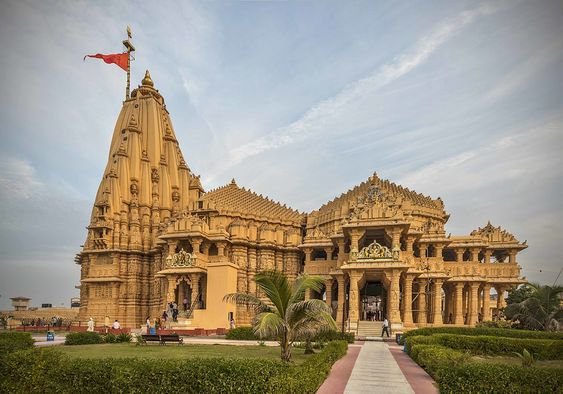
Somnath Jyotirlinga is a testament of Hinduism’s enduring spirit. Every visitor is left with an enduring impression by its magnificent architecture, rich history, and spiritual significance. The Somnath temple provides a singular experience, whether one is praying for blessings, admiring its tenacity, or just appreciating its cultural significance. Therefore, the first Jyotirlinga, the Somnath temple, is the only place to go if you’re looking for a pilgrimage rich in myth, history, and devotion. So, pack your bags and embark upon your most ambitious journey of visiting the 12 jyotirlinga with Somnath.
